The first of five episodes about a Southeast Asian Journey by Landrover, by Vincent Urban and Clemens Kruger. Take off with them as they explore Malaysia. Watch.
VIDEO: Explore the Scenic US on a Road Trip
A vivid exploration of American culture, this video shows different parts of the country from the perspective of a road trip. While it starts in New York City, it is hardly limited to urban environments and looks at many different parts of the country.
CONNECT WITH MENNASIER GABRIEL
VIDEO: Jono Moehlig’s Spoken Poem on the Beauty of Rwanda
Jono Moehlig went on a trip to Rwanda and found that the people he encountered there were some of the most amazing people he has ever met. Watching wartorn killers that have been released and loved by the neighbors they once destroyed, he learned what peace really is.
CONNECT WITH KULA PROJECT
VIDEO: Facts That Will Make You Want To Travel
Fact: There is no time like the present. Fact: Studies have found that money spent on travel will make you happier than money spent on material goods. Not convinced yet? Watch the video.





















What Took You So Long?
Certifiably nomadic.
This is just one of countless ways to describe the rag-tag, bootstrapped guerrilla filmmaking collective “What Took You So Long?” (WTSYL). On any given day, this small, yet powerful team may span the area of three, even four continents. From Ghana to Haiti, Qatar to Panama, the WTYSL clan is constantly on the move– capturing images, and telling the stories from wherever their feet land.
Whether they are spanning the globe in search of some illustrious camel milk (yes, camel milk), or organizing TEDx events for the masses, WTYSL are constantly in pursuit of personifying the stories of the unsung heroes our world has to offer.
As guerrilla filmmakers, the team operates under the philosophy of their medium being a way of life, as opposed to a simple means of production. This is why they choose to live with those of whom they are filming and working with, take public transportation, and seek locals to collaborate with in the pursuit of building lasting relationships.
To date, the team has filmed in over 60 countries, with no signs of slowing down. These photos provide a small glimpse into the lives of these digital nomads and their tales of misadventure across the globe; those of which will undoubtedly continue well into the future.


















A Glimpse at Myanmar
The military junta has ruled Myanmar since 1962; challenges to the junta are quickly thwarted with a heavy hand. Information coming and going is monitored closely. Journalists cautiously sneak in and out, but many are blacklisted after reporting about the political situation.
The former capital city of Yangon, while not without its beauty, is developmentally stalled in the past with beat down cars cruising by crumbling buildings. No ATM’s can be found; a visitor must bring all the money they need with them.
It’s easy to forget the 2007 Saffron Rebellion. It’s easy to forget that the country’s beloved Nobel Peace Prize recipient, Aung San Suu Kyi, was under house arrest for the better part of the past two decades before her release in November of 2011. But regardless of its troubled past, you will rarely have a smile unreturned wherever you go. It’s easy to have a look around and feel that everything is just fine and dandy.
JUSTIN MOTT @jmott78
Justin is an editorial and commercial photographer born in Rhode Island, USA. He is living in Hanoi, Vietnam and working throughout SE Asia on personal projects and assignments. In 2008 his work on Agent Orange orphans was recognized in the PDN Annual and was awarded the Morty Forscher Fellowship for humanistic photography given out by the Parson’s School of Design in NYC.
For more on Justin and his photography visit: Mott Visuals
PHOTO ESSAY CURATED BY: Nelida Mortensen
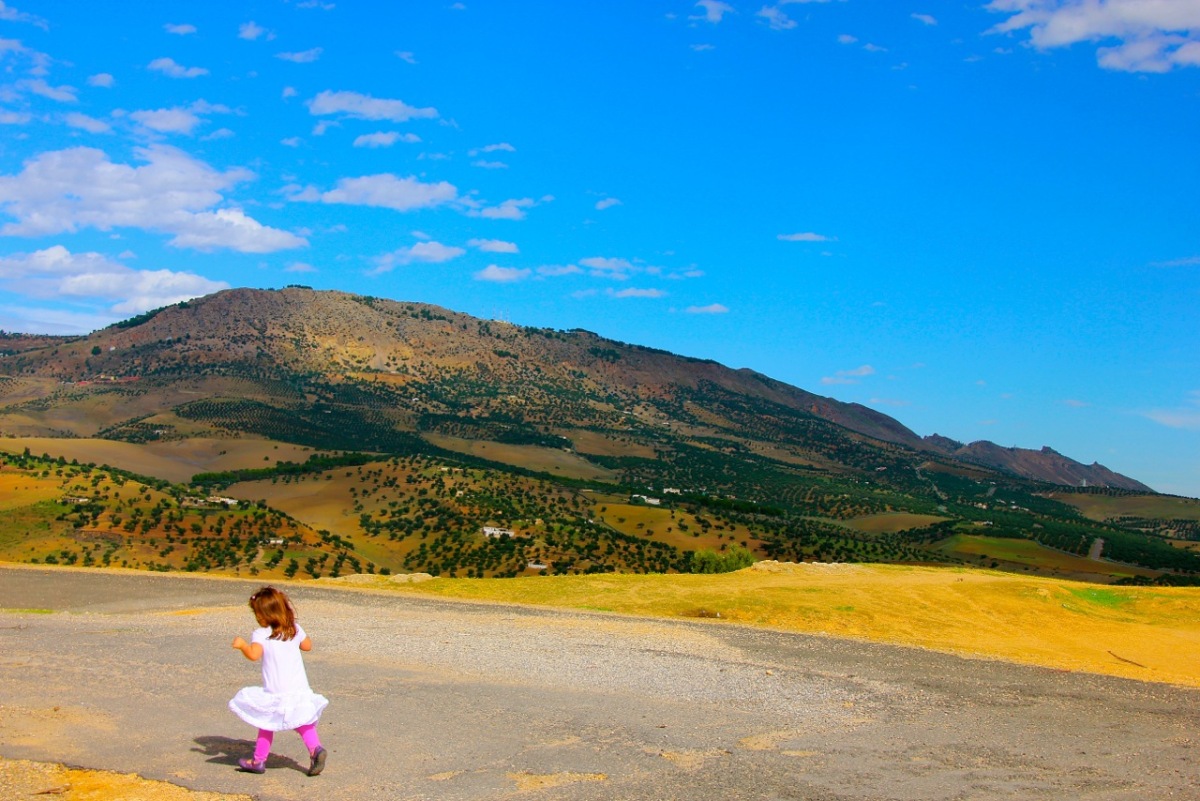

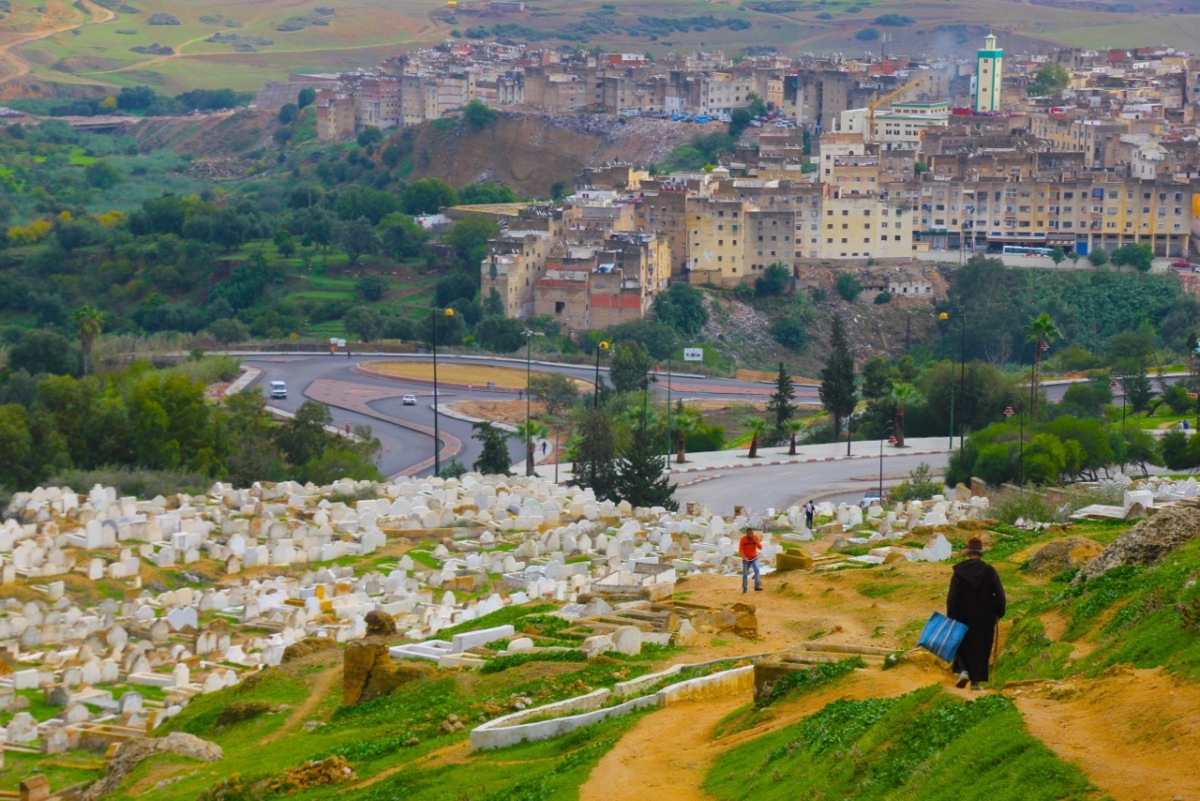
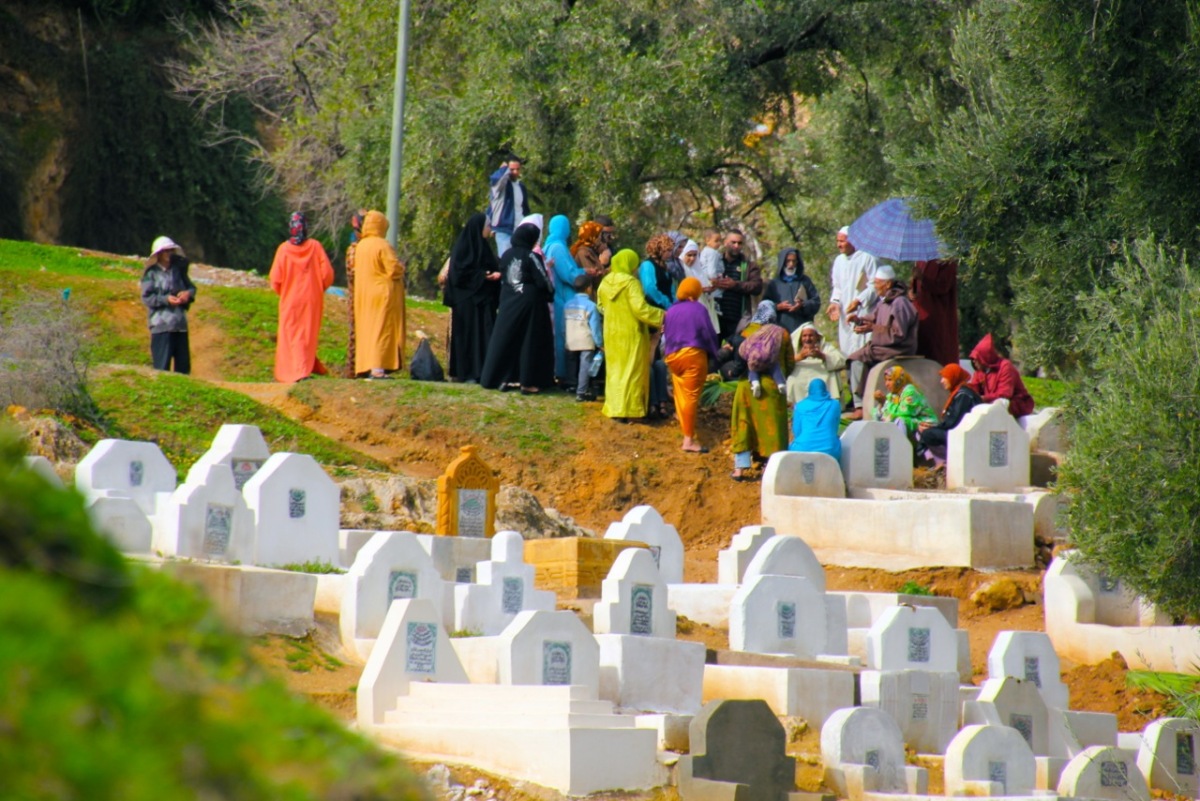
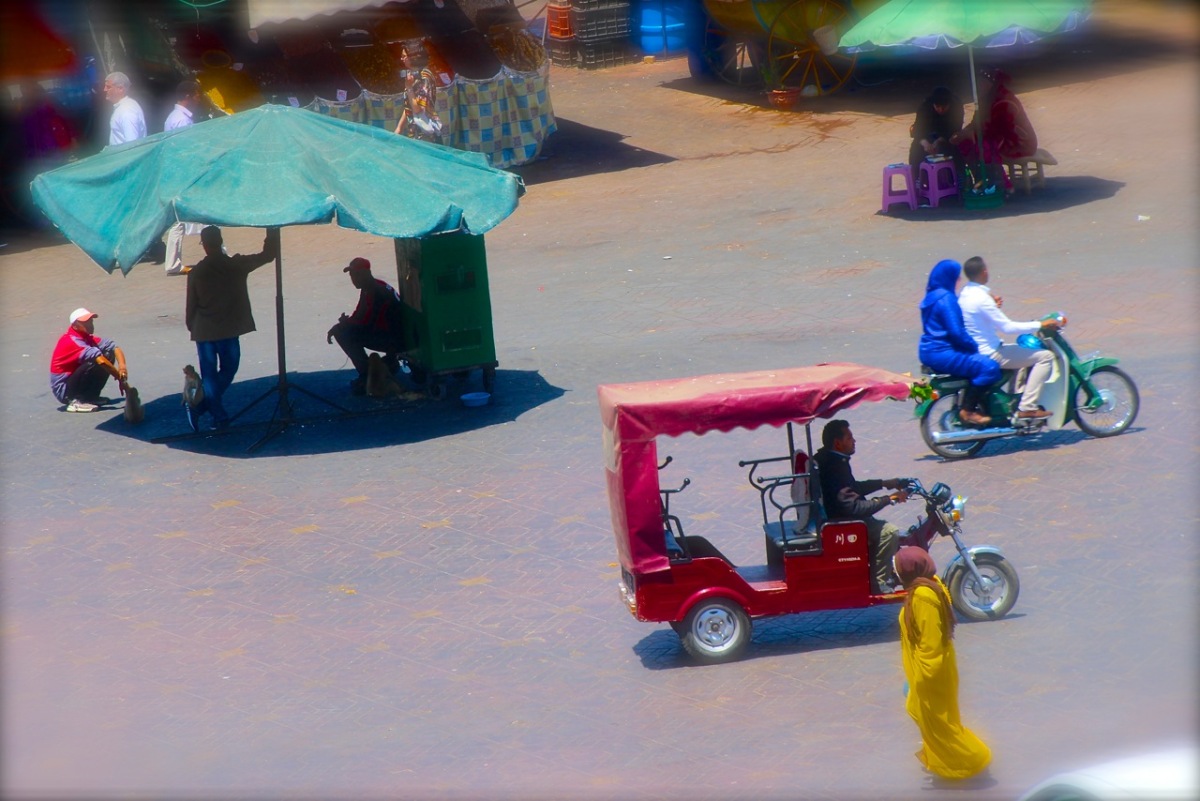
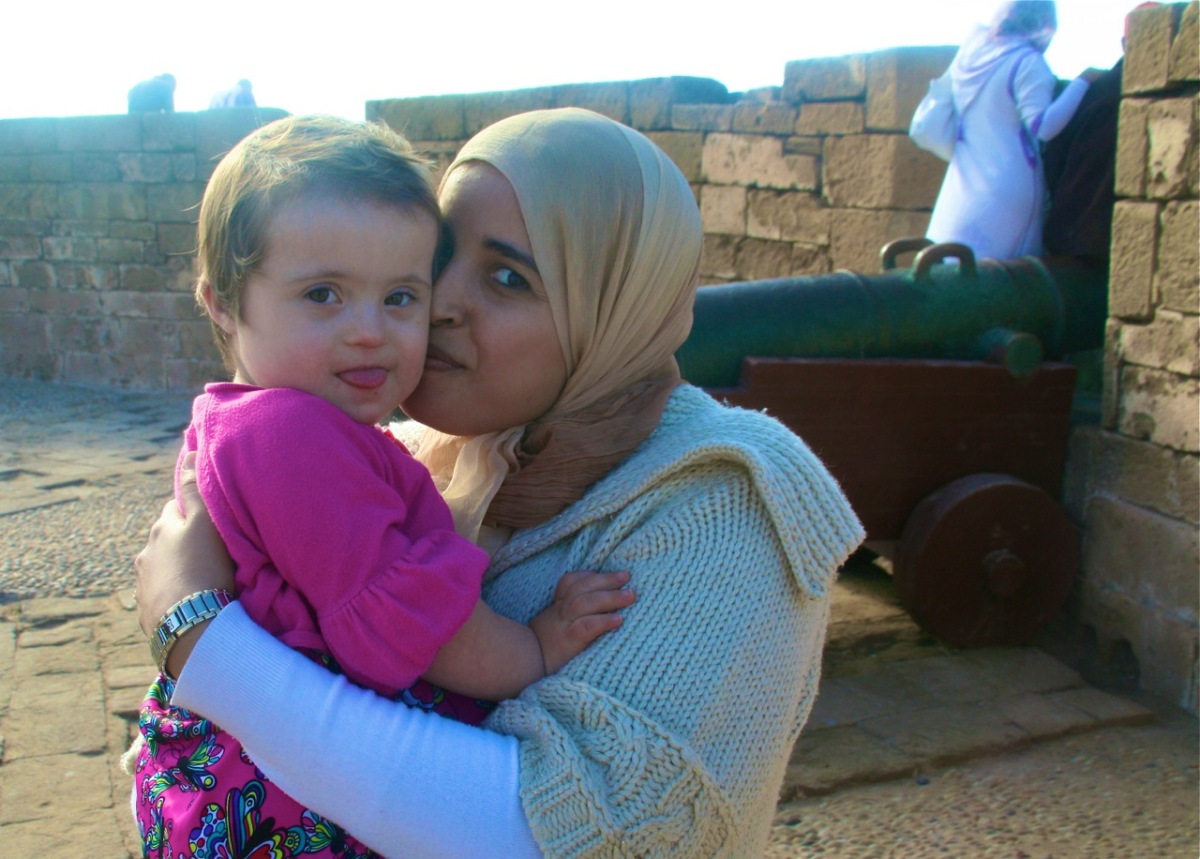
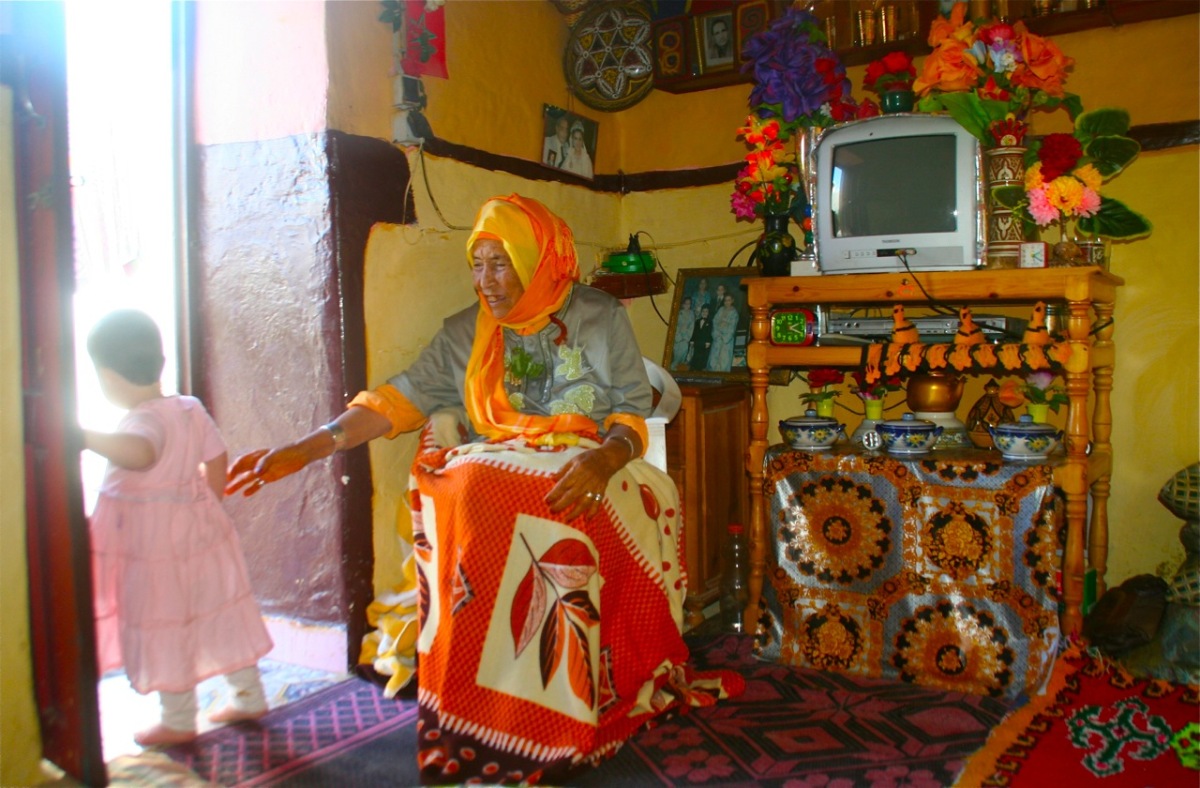
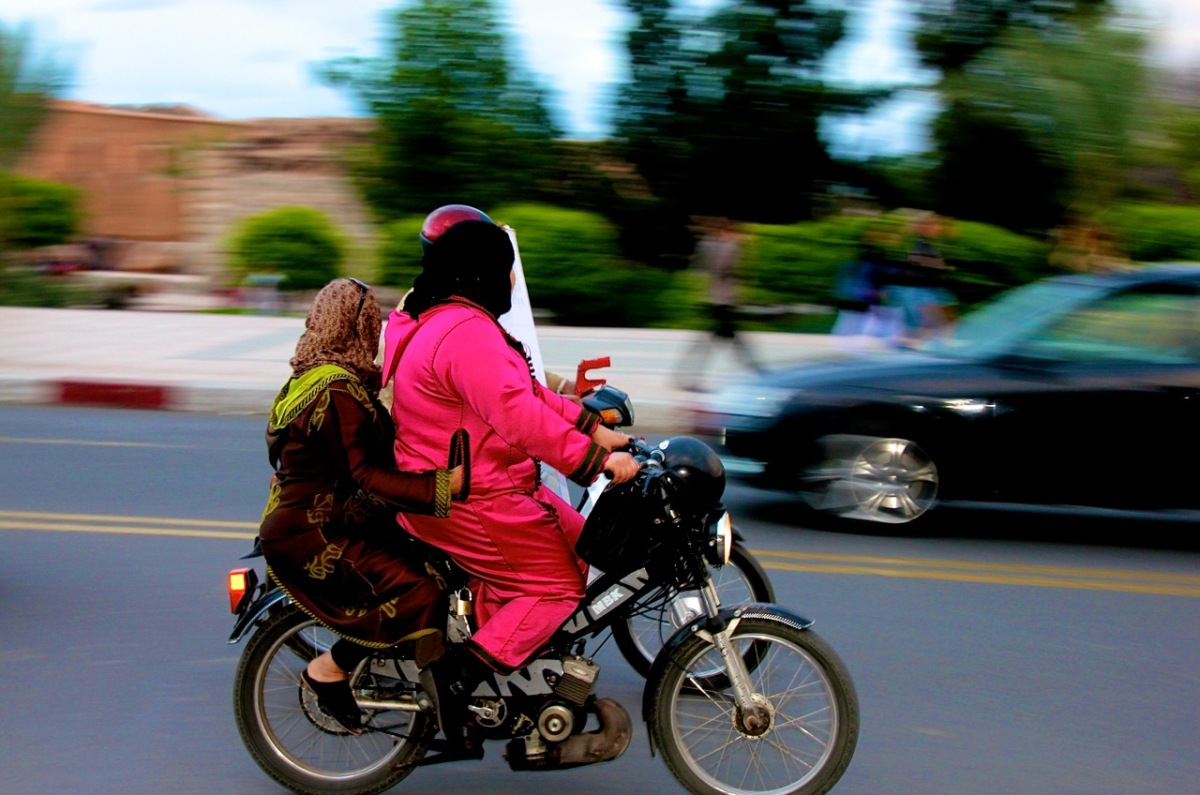
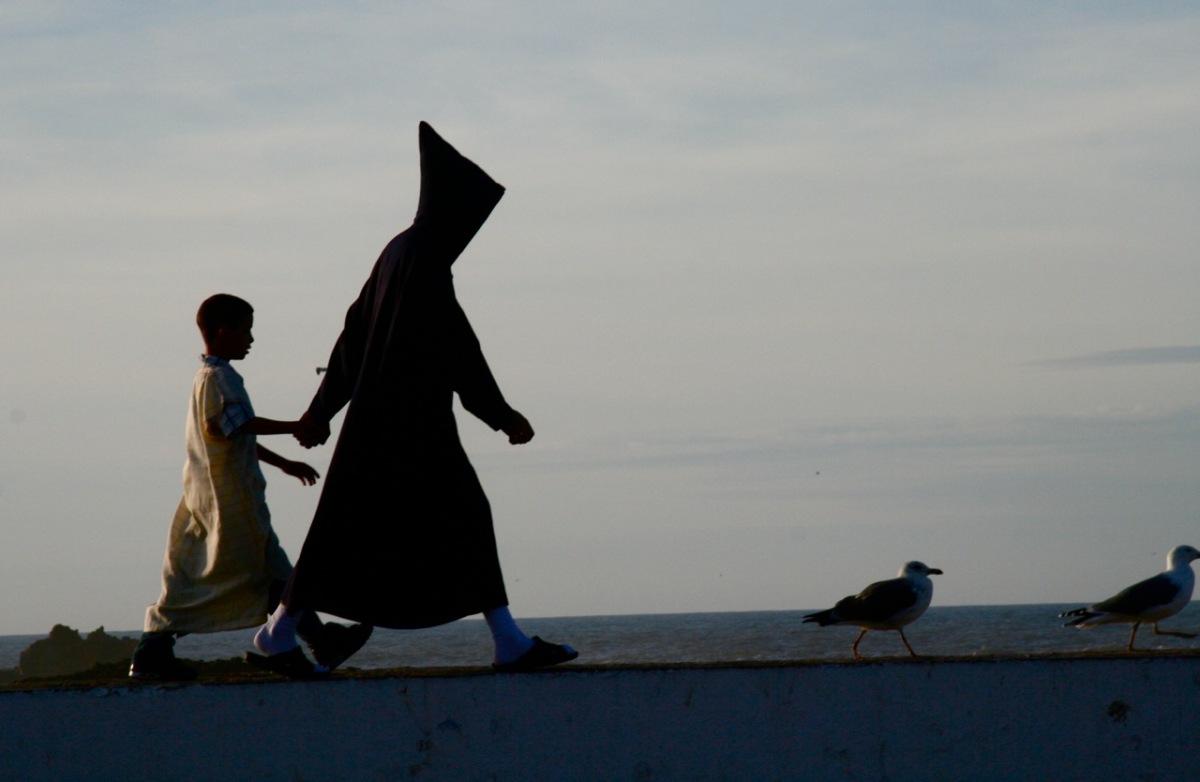
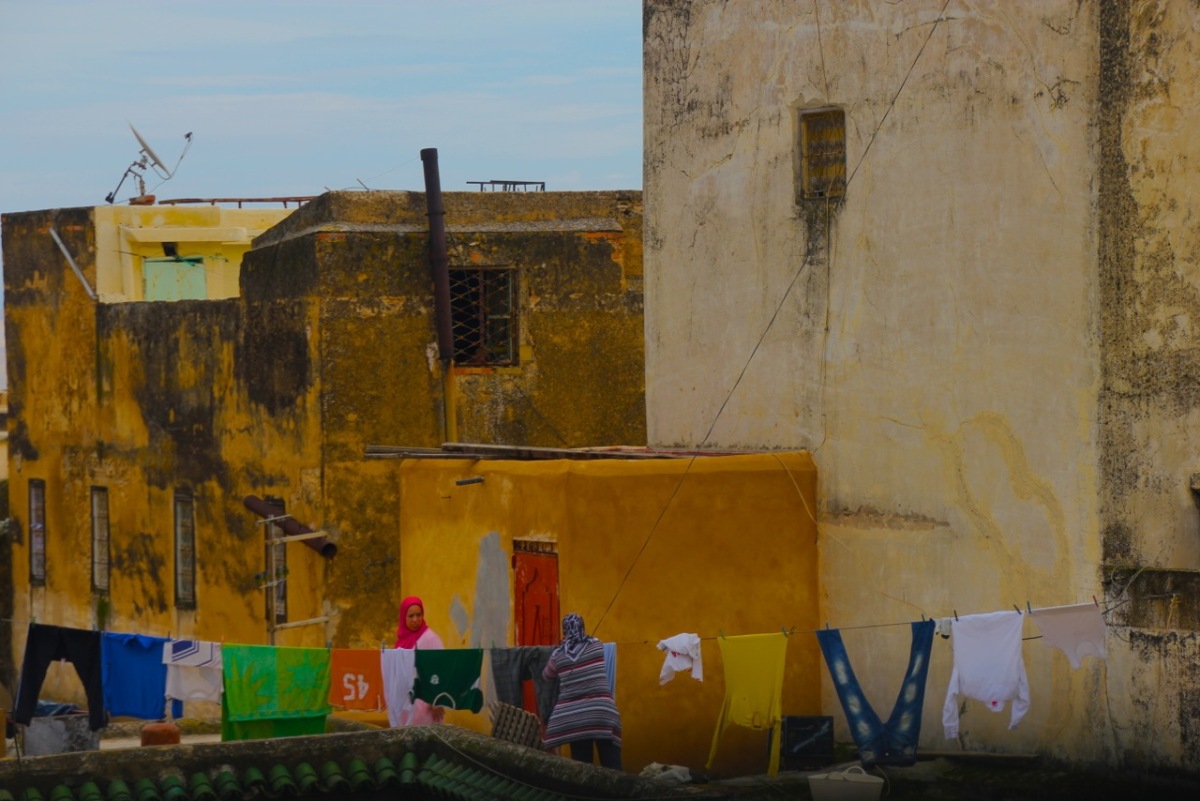
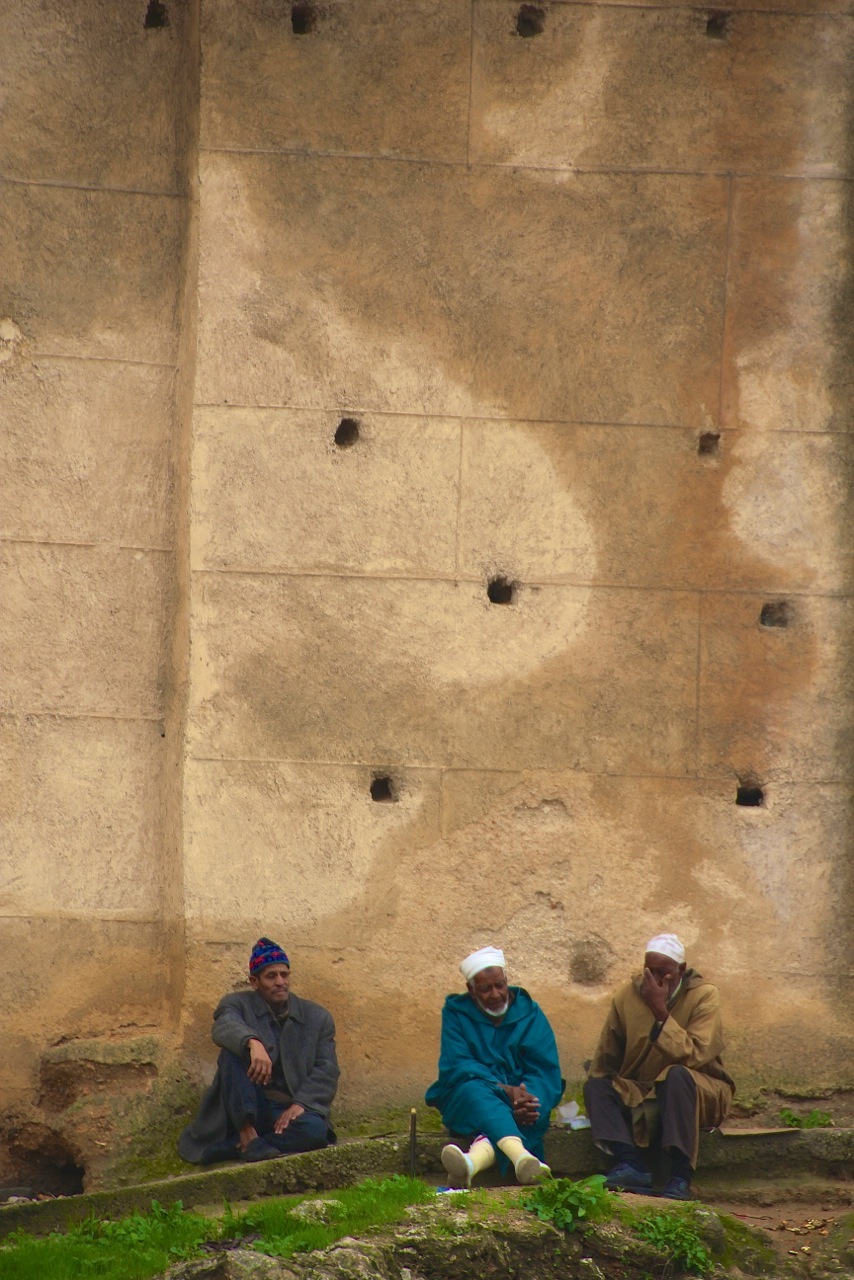
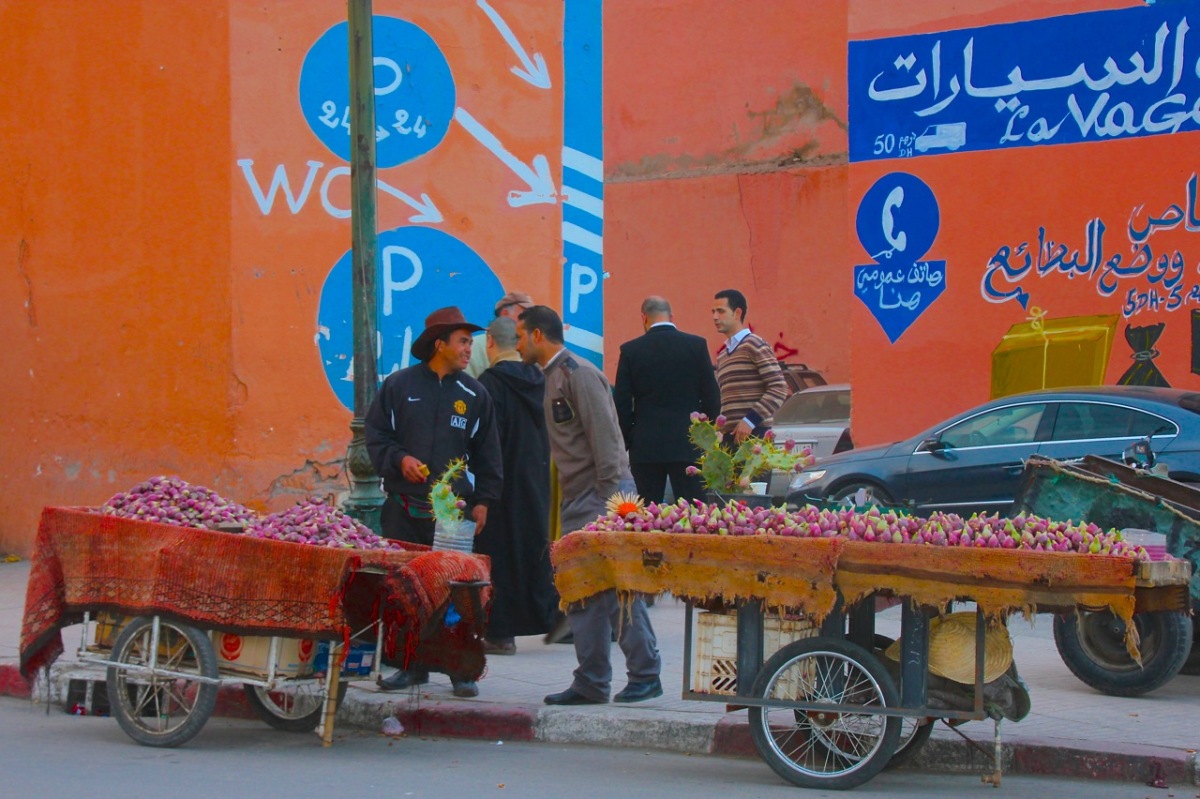

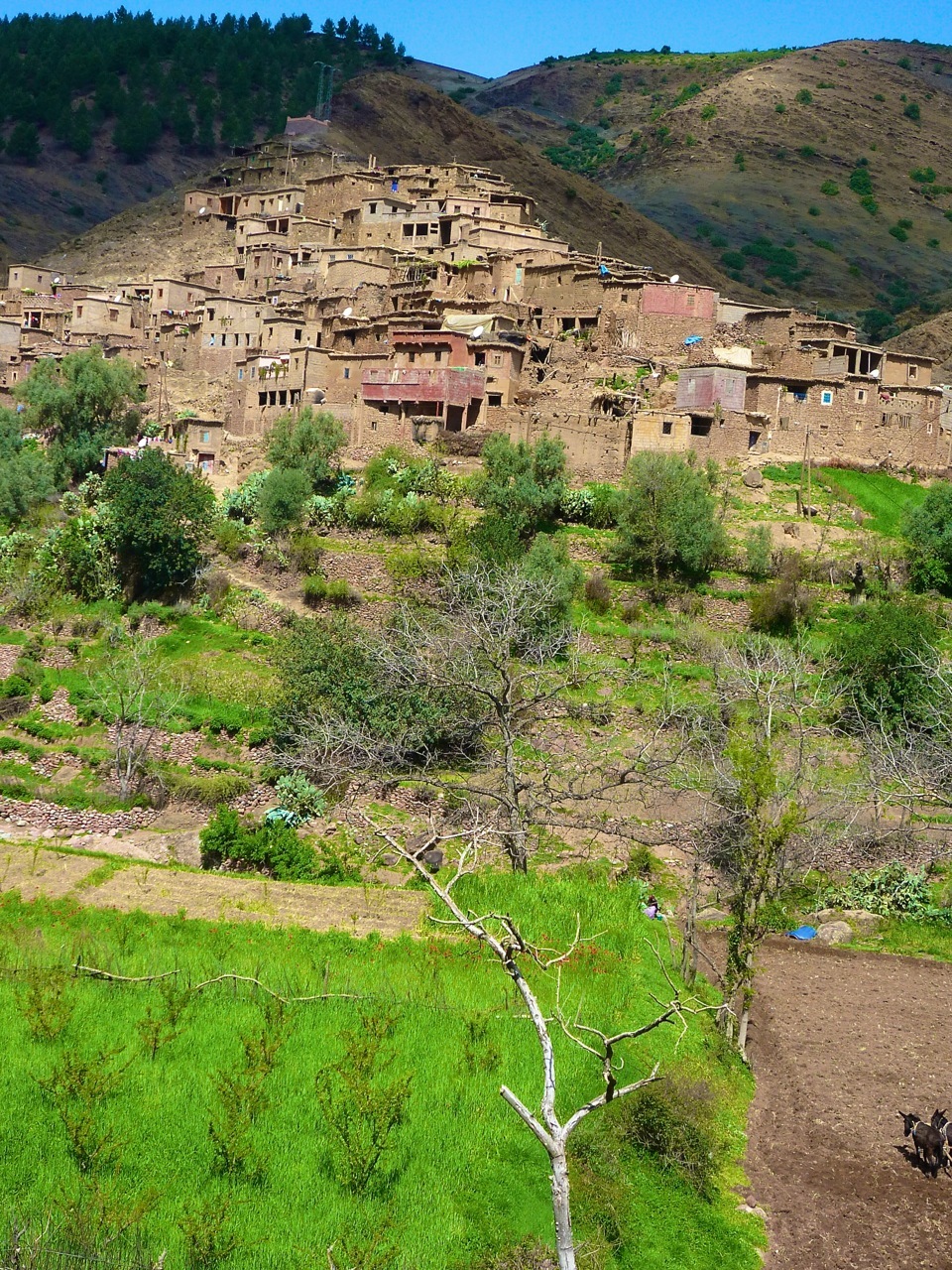
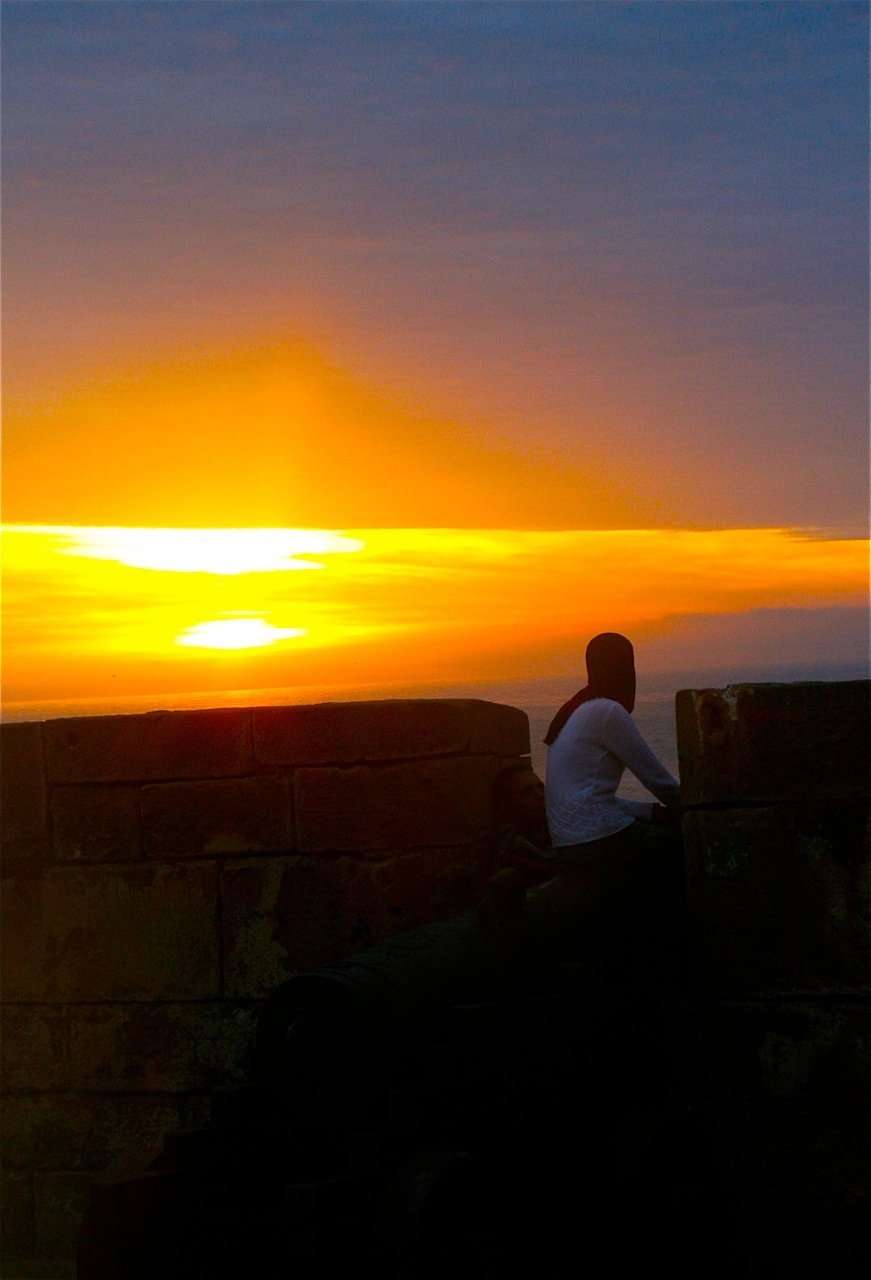
Morocco: The Color of Tough
It was the cemeteries that first spoke to me.
Anarchic white tombstones tumbling down the foothills, flanked on one side by the Atlas mountains and on the other by the ancient doors of the walled town, or medina, of Fes. “Don’t go that way,” the doorman at our hotel had warned us, “there are thieves.” But my daughter and I did not find thieves. What we found were children younger than her, four years sifting through sparsely strewn garbage. Traveling salesmen, burlap bags full of leather goods, weaving a path through the graves; women with brightly colored head scarves carrying water vessels to fill at a well amongst the dead.
We also found many freshly dug holes with funeral processions gathering around. They weren’t gloomy-looking flocks, these funeral processions; almost everybody, male or female, appeared to be wearing red or orange or blue or lime green djellabas (robes). Only the widow of the deceased regularly wears white, I’m told, as if she were a Western bride.
Love and death: kids and carcasses are all quite close in Morocco, a country of hit-and-miss medical care. Locals are so devoid of squeamishness, that they often don’t mind riding in the same little red taxi-seat as a slaughtered sheep being transported by its owner to the tannery downtown.
Morocco—far from the coastal resorts and the gated mansions of European celebrities and American millionaires--defies stereotypes, outstrips expectations, and bursts with color and vigor. Women, who I’d imagined might behave in more subdued a manner than in the overtly feminist European countries nearby, straddled mopeds on Marrakech’s Jemma-El-Fna Square wearing hot pink robes or—not infrequently--hot pink jeans, and blithely cut off the path of male commuters. When I accompanied a French-Moroccan friend to a local farm outside of Essaouira, I watched in surprise as four generations of women served us home-ground couscous, milked, fed and straddled the animals, mended the wall of the central riad house and gathered local rock for a new one.
There were eight of them, living there on their own. The men in their lives had died, been dispatched abroad, rejected, or simply rendered redundant. The only male in the room was a framed picture of the Moroccan king hanging behind a fifty-year-old television set. The great-grandmother of the household scooped up my daughter and kissed her smack dab on the mouth.
CRISTINA NEHRING
Cristina is an American author, journalist and photographer who lives in Paris with her now 5-year-old daughter, Eurydice, who has Down Syndrome, and often serves as her model. Her work has appeared in Condé Nast Traveler, The New York Times, The Atlantic Monthly, Harper’s, Slate, The Nation and elsewhere. Her books are A Vindication of Love: Reclaiming Romance for the Twenty-First Century (HarperCollins) and Journey to the Edge of the Light: A Tale Of Love, Leukemia and Transformation (Amazon Kindle Singles). Her photo exhibits include “The Sky is Falling” and “Found Love” (Chico, California).
To contact Cristina for photo purchases and other inquiries, connect with her on Facebook @Cristina Nehring or email at cristinanehring@gmail.com.
Photo Essay Curated by Nelida Mortensen


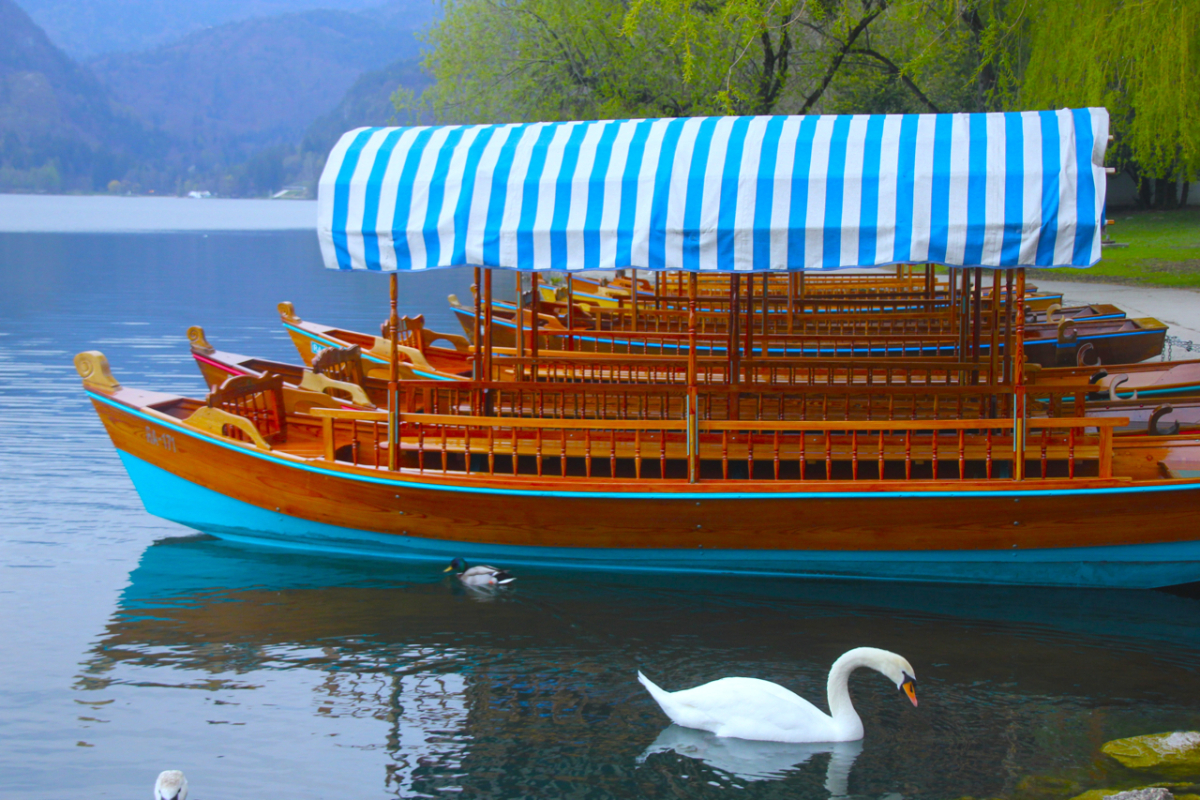

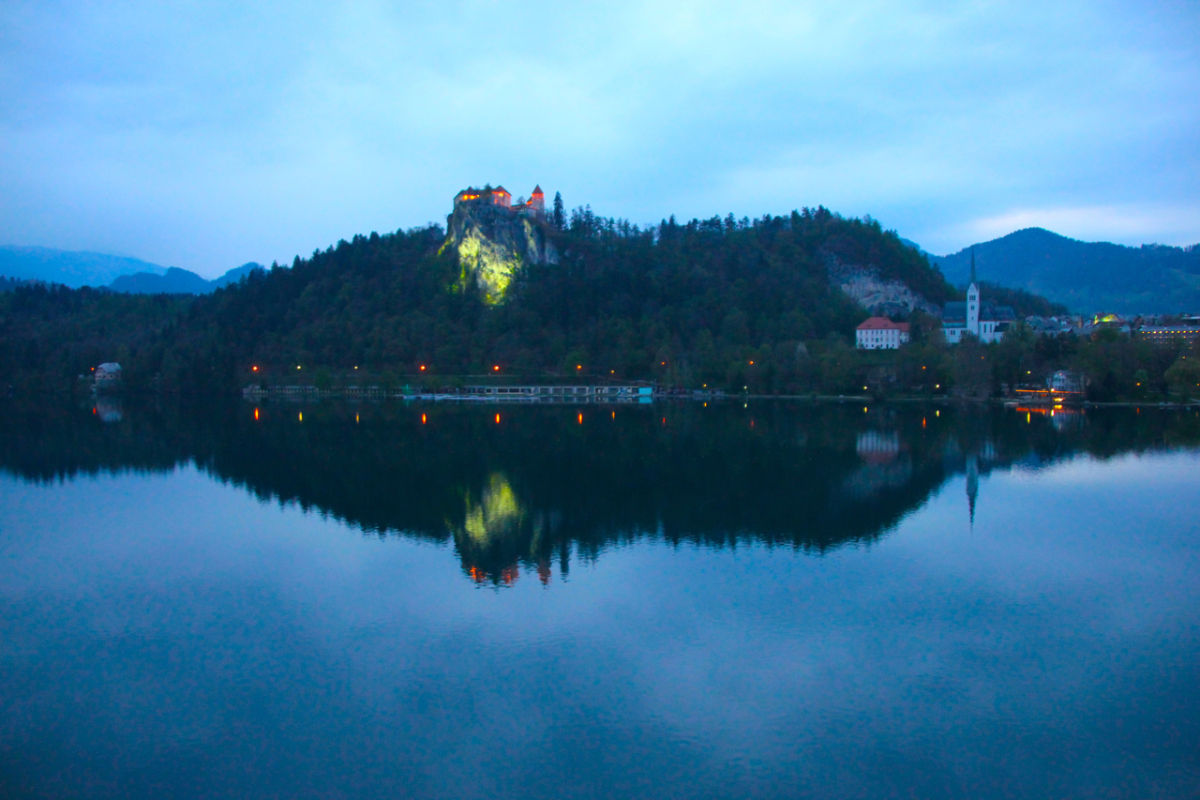


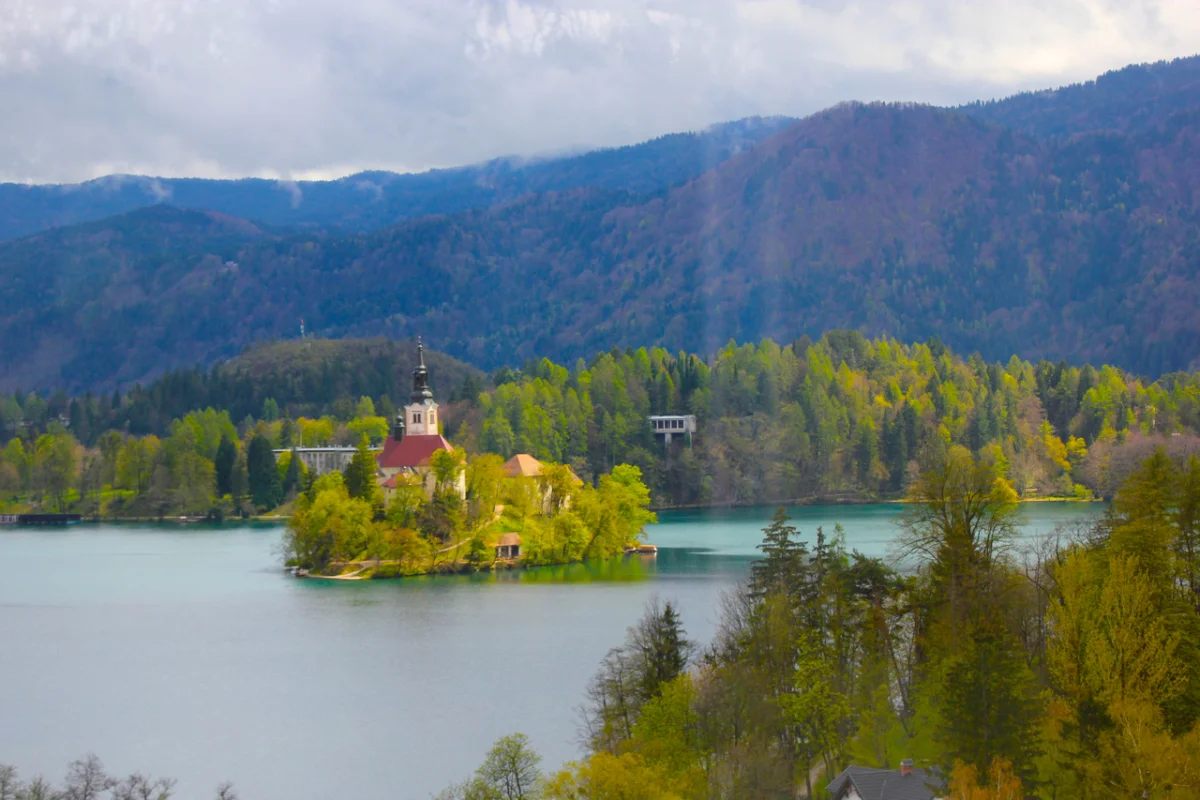







Getting Lost in Slovenia
Photos & Text by, CRISTINA NEHRING
Photo Essay Curated by, NELIDA MORTENSEN
This is what Hansel and Gretel felt like, I mused as I erred through an opaque wood. Except that I had forgotten the breadcrumb trail; I had forgotten the bread. Just an hour ago, after all, my daughter and I had been at a café on the sea. A hundred-odd hairpin turns later in a tiny car and the world had changed, darkness was upon us, the trees were impassive.
Slovenia is a country of extremes. Extreme sports, extreme combat, extreme resilience, extreme beauty. Tucked away tightly between Italy, Austria and Croatia, Slovenia shares an opening onto the Mediterranean and a big chunk of the Alps. Only half the size of Switzerland--and with a population of just 2 million--it packs an abundance of micro-climates into a tiny space. When Slovenia was part of Yugoslavia (until 1991), it accounted for a mere 8% of the land and population of its mother country, but 60% of its industry. Once independence was declared (Slovenia was the first of Yugoslavia’s six republics to split off, and to do so essentially without bloodshed), its economy and industry only took off.
Today, it is The Little Country that Could. In the Soca River Valley where many hundreds of thousands lost their lives during World War I (as recounted, in part, by Hemingway in A Farewell to Arms), locals now receive tourists for river-rafting, canyoning and paragliding. And yet the ghosts have not gone. Gingerbread-houses feel like they are just around the corner, haunted-seeming castles emerge every few miles, and every rock and rabbit appears to have a story to tell.
My girl and I gripped each others hands tightly, and kept forging ahead until the light reappeared. Like the Slovenian people have done so many times. And there’s very little more radiant than Slovenia under the sun.
CRISTINA NEHRING
Cristina is an American author, journalist and photographer. Her work has appeared in Condé Nast Traveler, The New York Times, The Atlantic Monthly, Harper’s, Slate, The Nation and elsewhere.Her books are A Vindication of Love: Reclaiming Romance for the Twenty-First Century (HarperCollins) and Journey to the Edge of the Light: A Tale Of Love, Leukemia and Transformation (Amazon Kindle Singles).Her photo exhibits include “The Sky is Falling” and “Found Love” (Chico, California).She lives in Paris with her now 5-year-old daughter, Eurydice, who has Down Syndrome, and often serves as her model. For photo purchases and other inquiries visit her website at: www.cristinanehring.com
